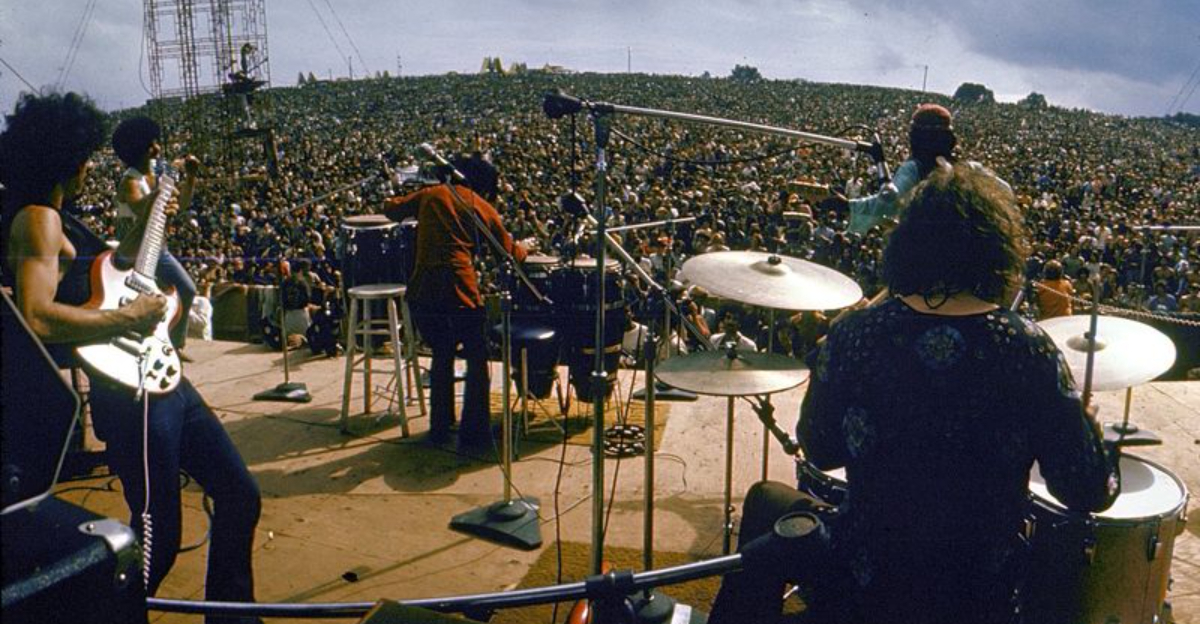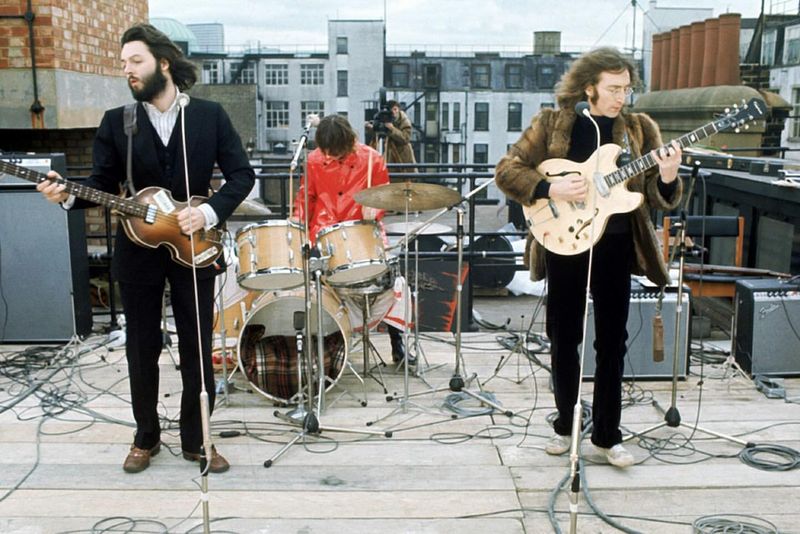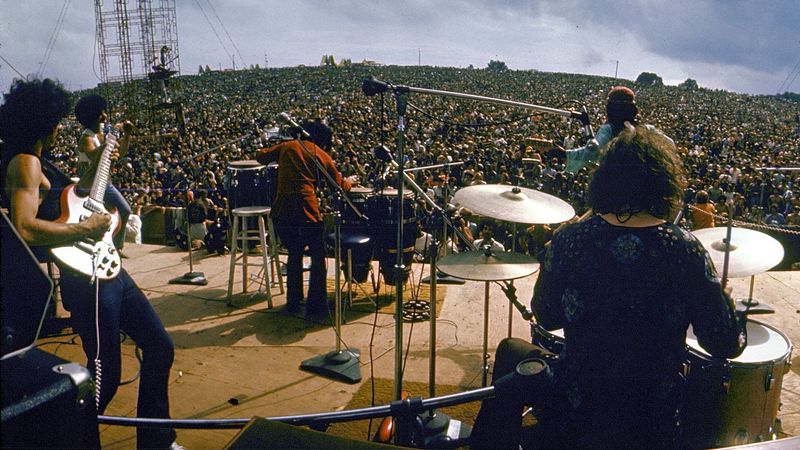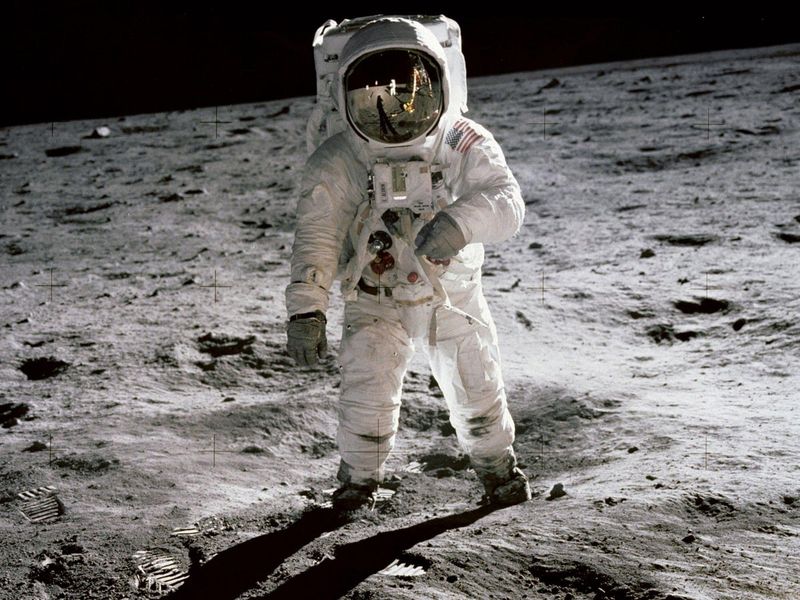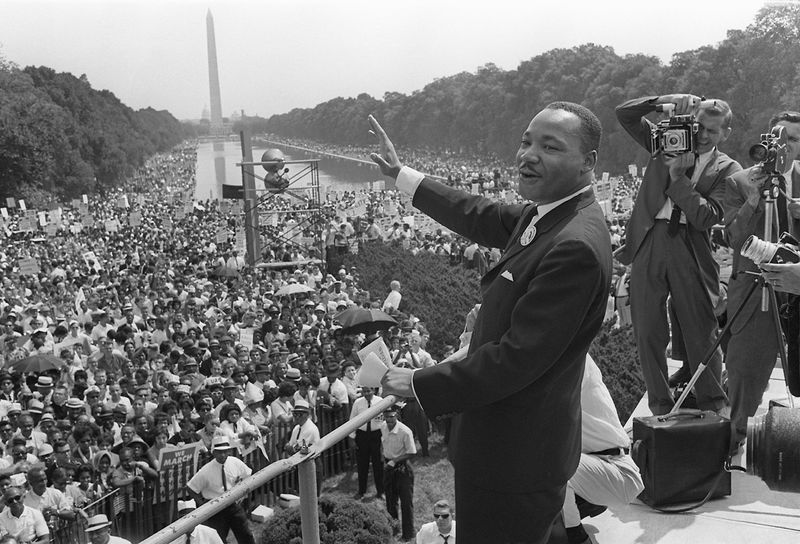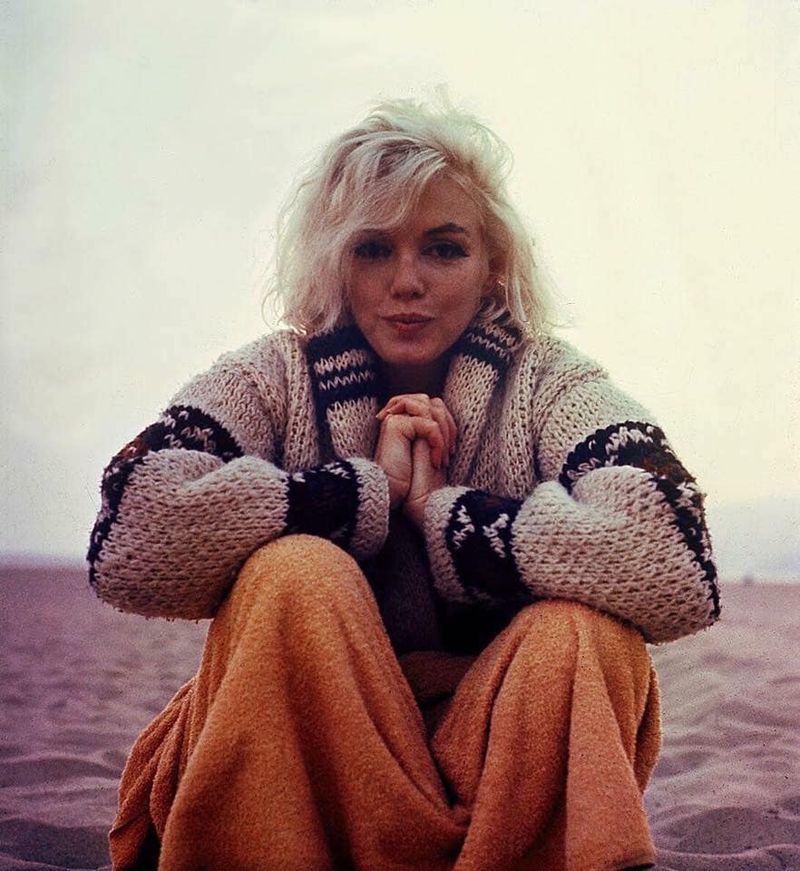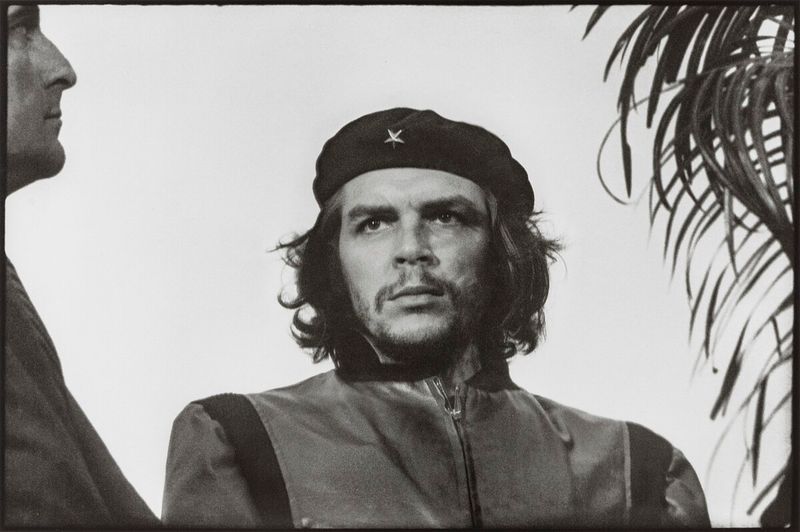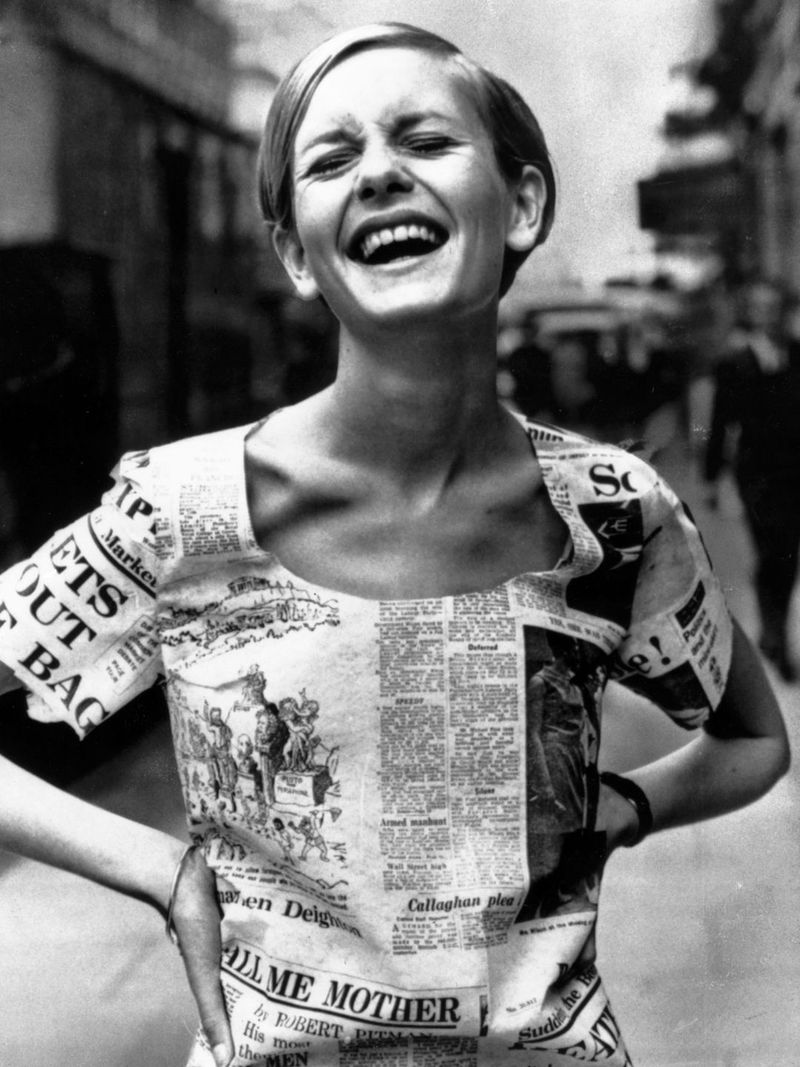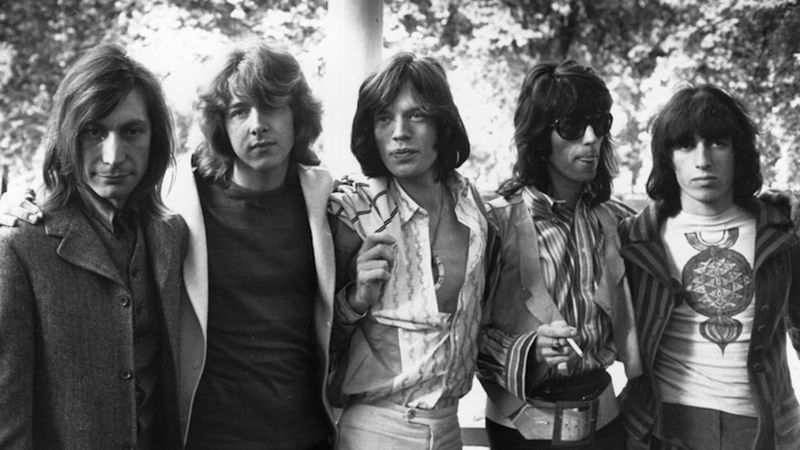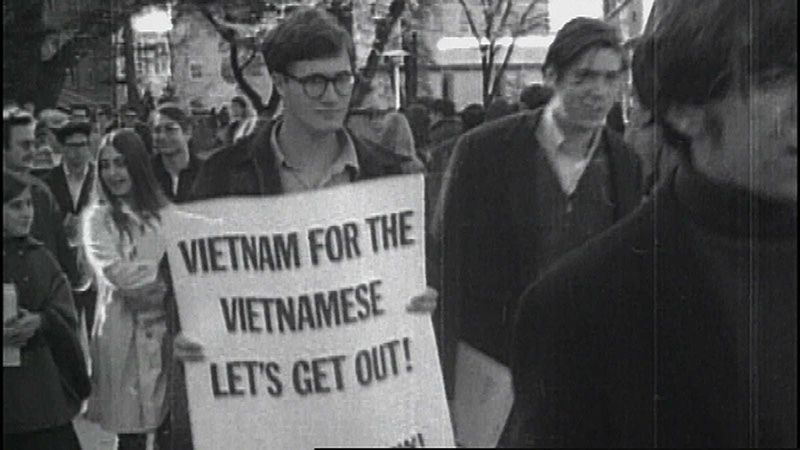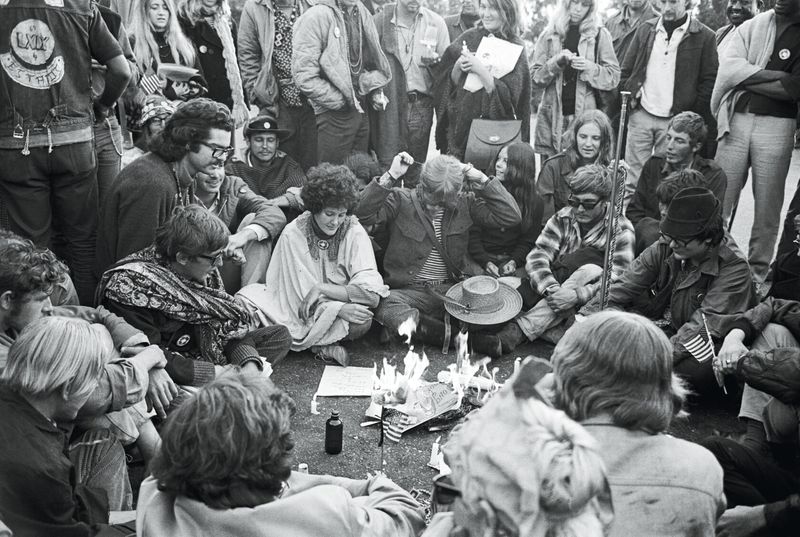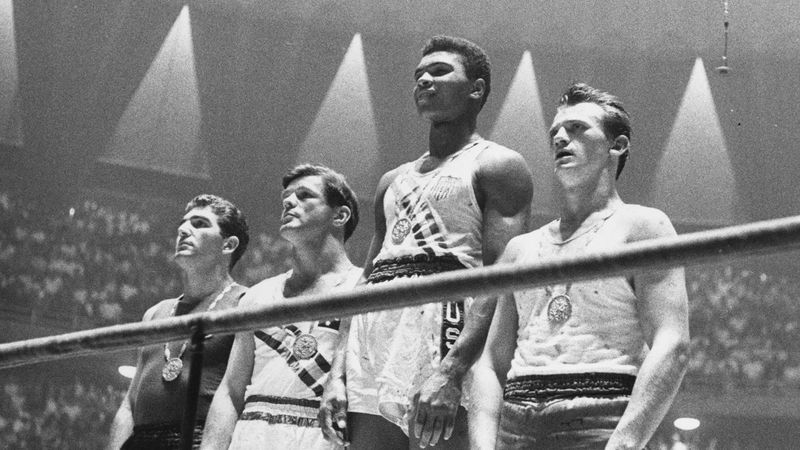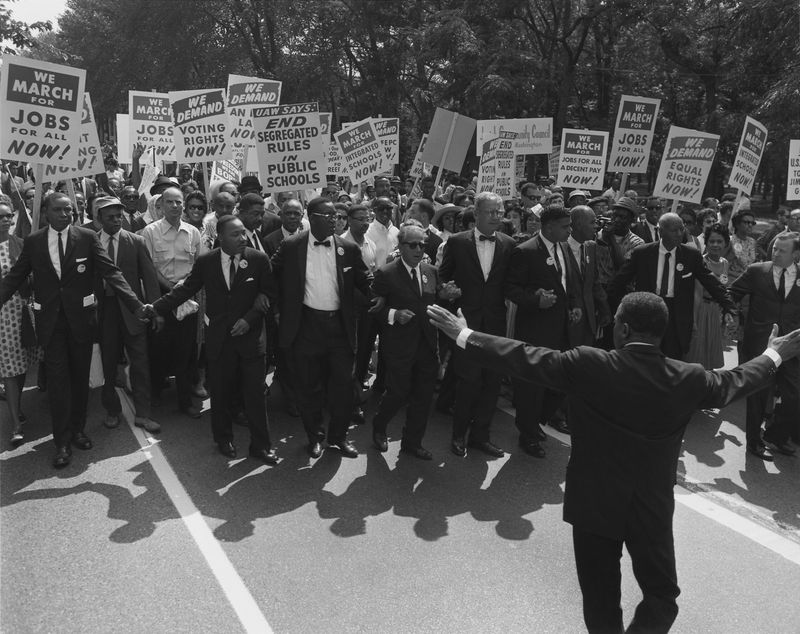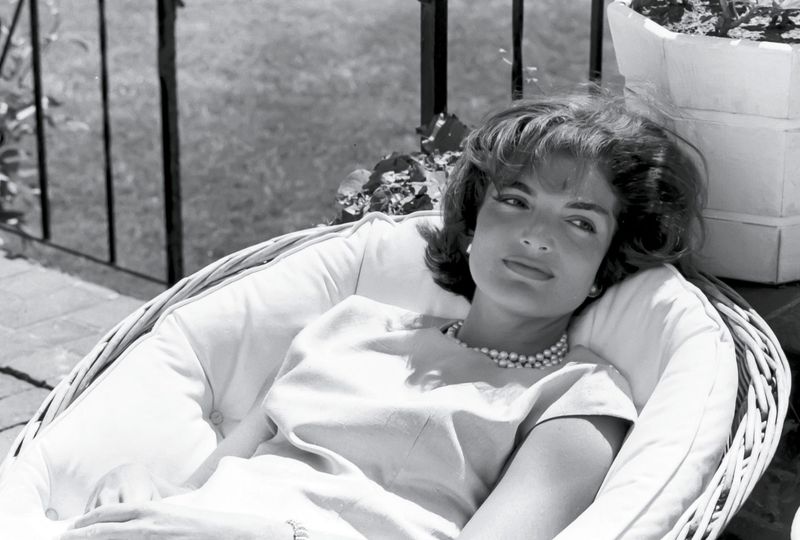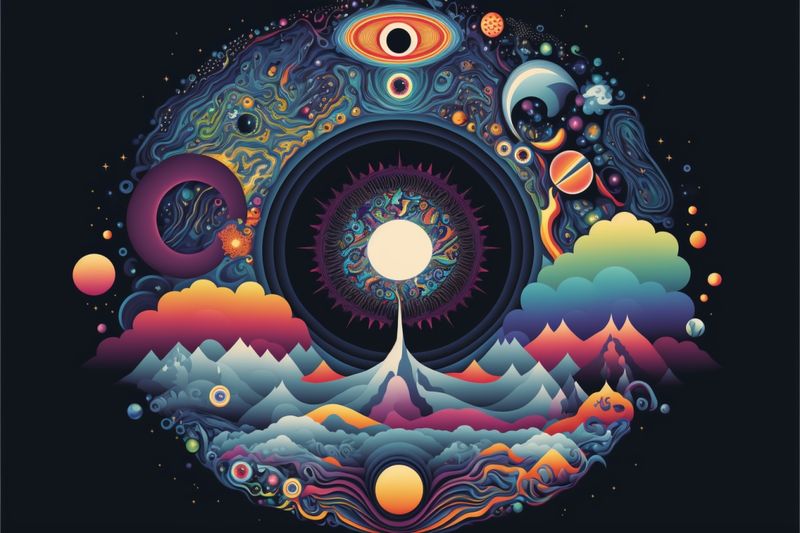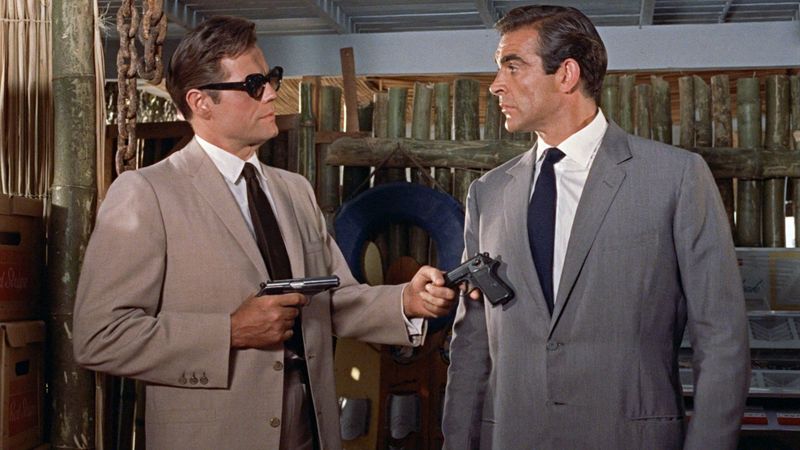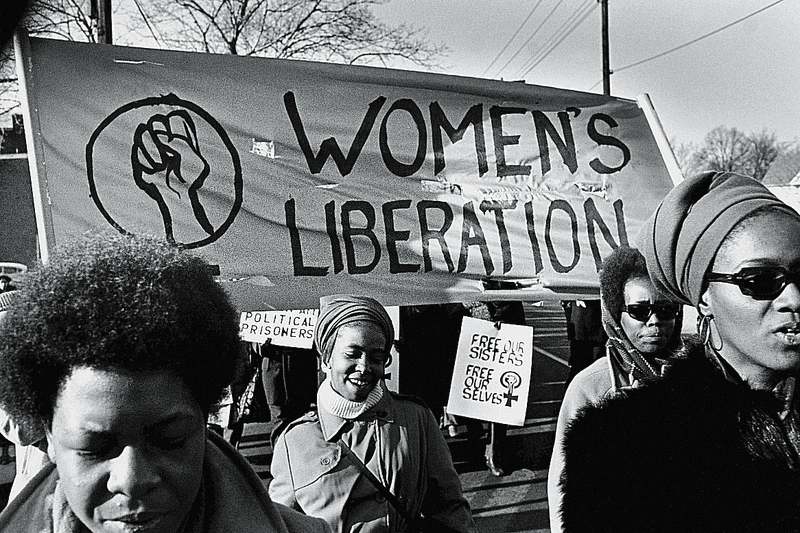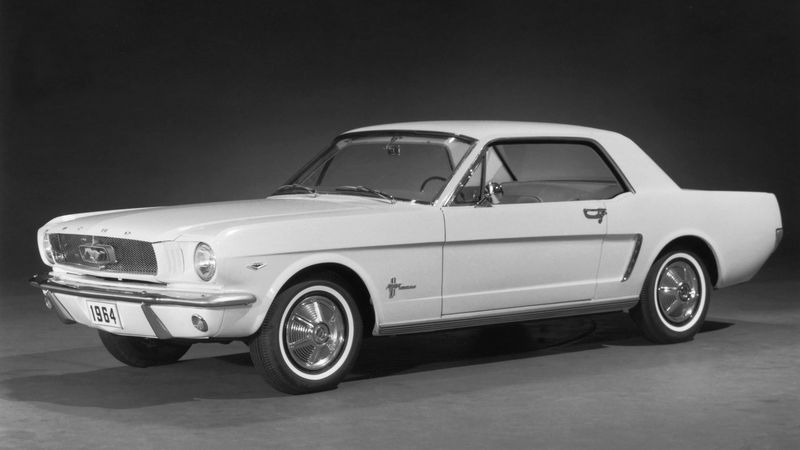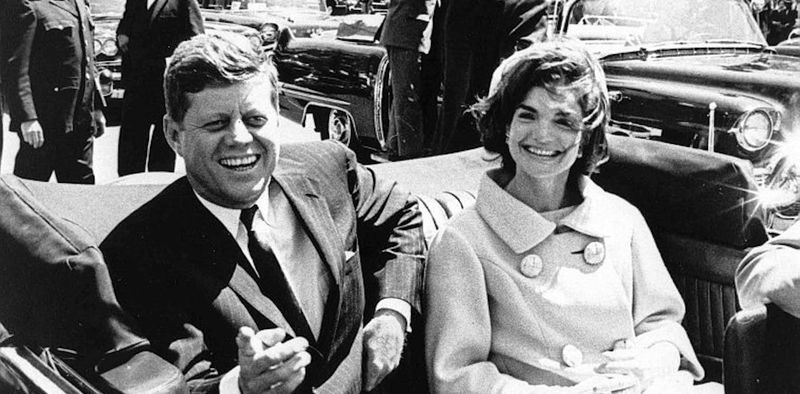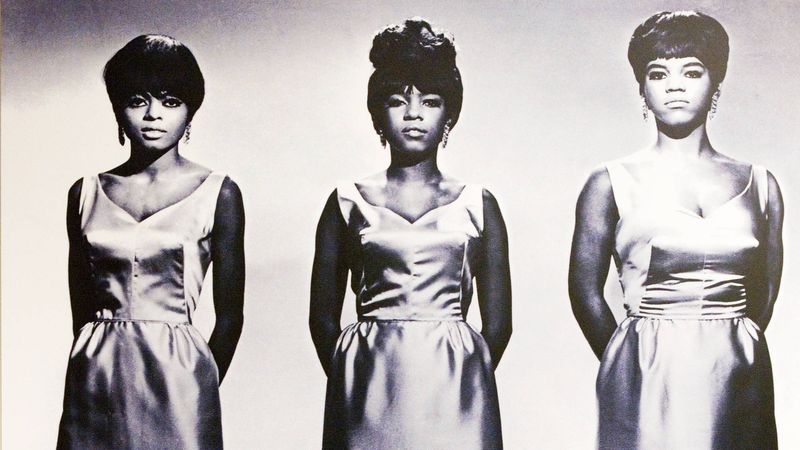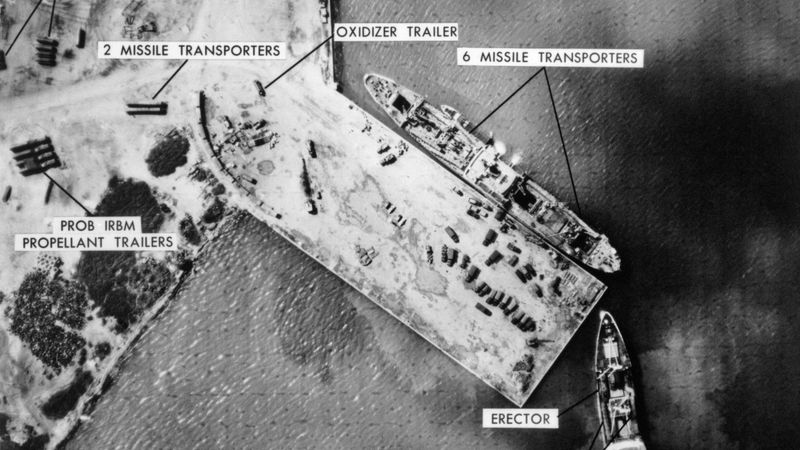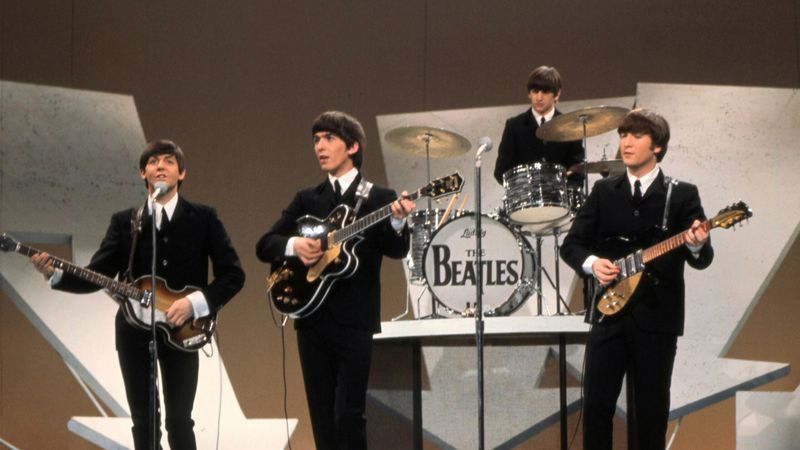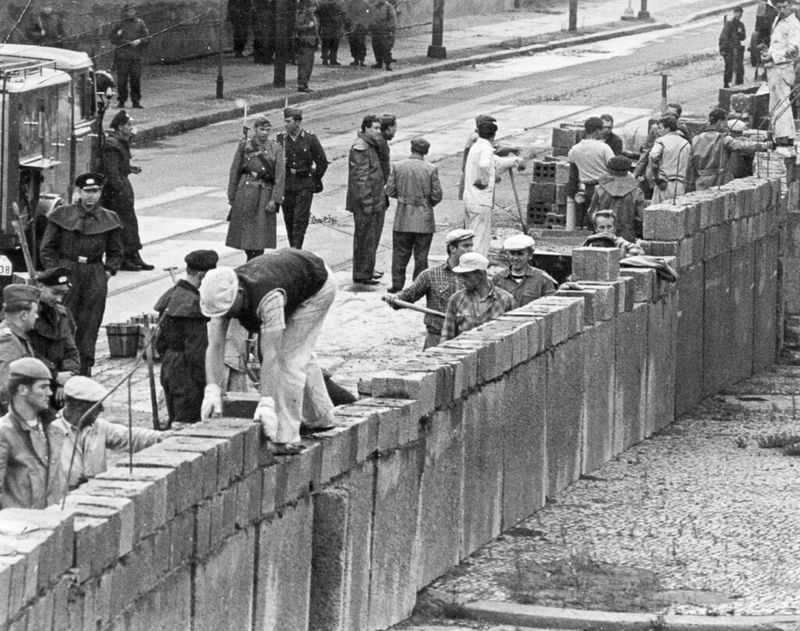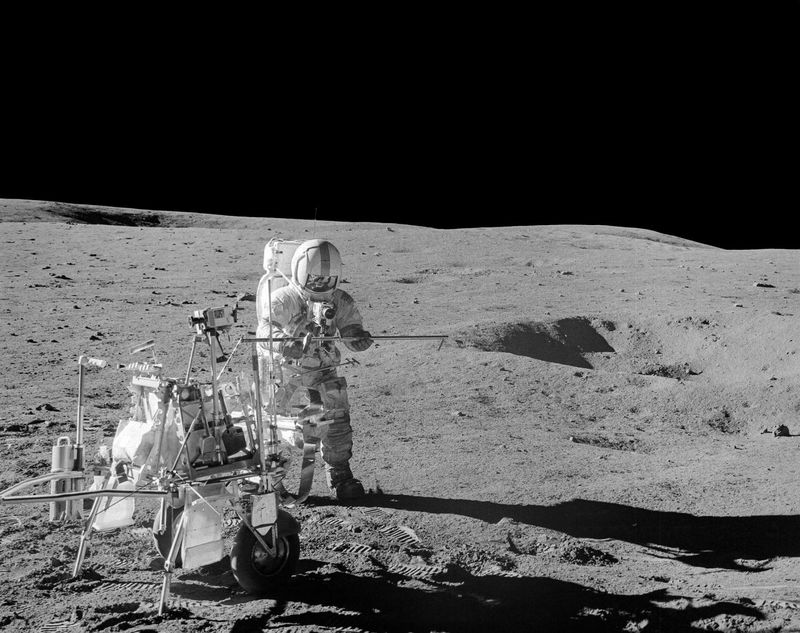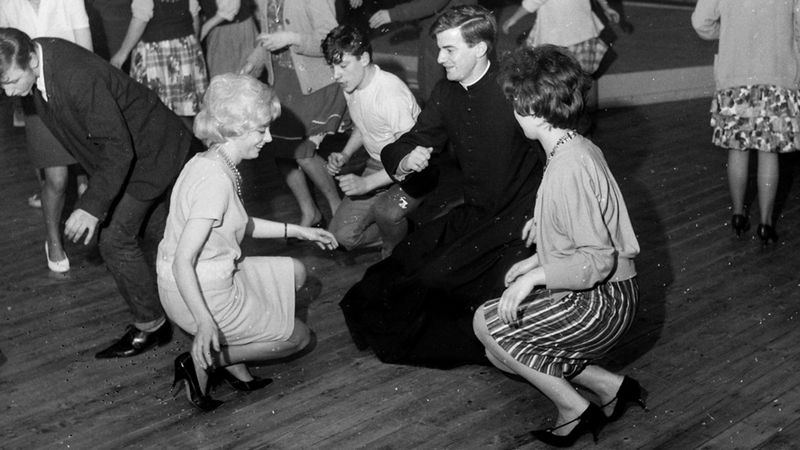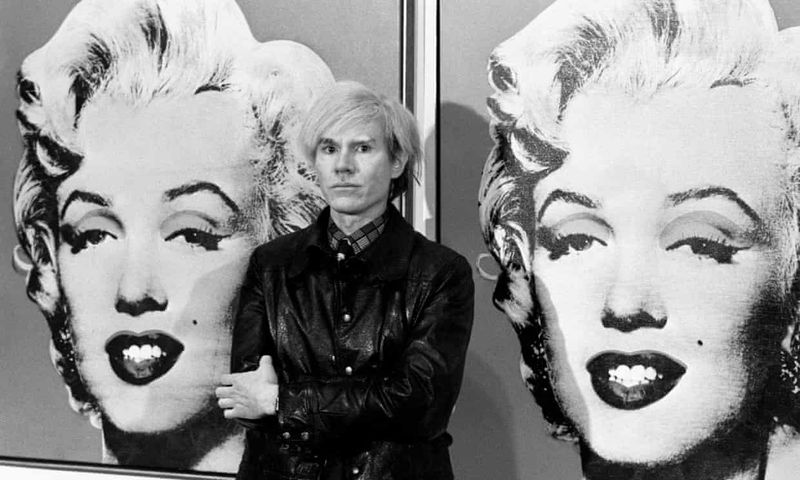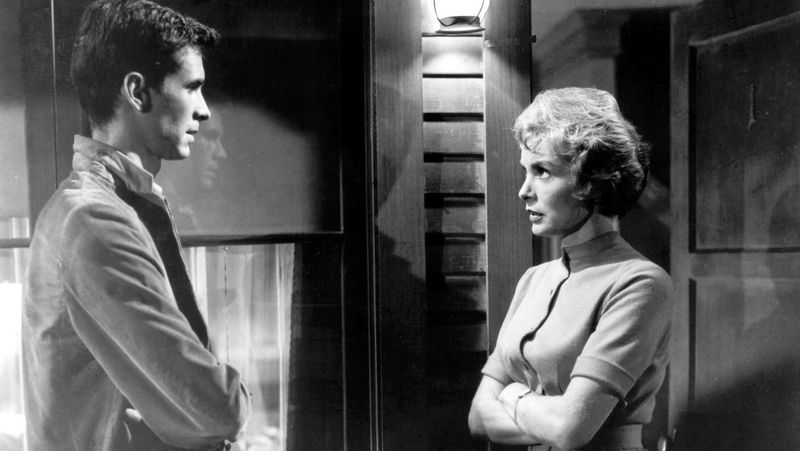The 1960s was a decade of transformation, marked by cultural revolutions and groundbreaking events.
From the rise of iconic musical legends to pivotal moments in history, the ’60s were truly a time of change and innovation. This blog post takes a nostalgic journey through 27 stunning photos that encapsulate the essence of this vibrant era.
Each image tells a story, offering a glimpse into the past, and inviting you to experience the spirit of the ’60s in all its colorful glory.
1. The Beatles’ Rooftop Concert
The Beatles’ final public performance took place on a chilly January day in 1969. The iconic band, consisting of John, Paul, George, and Ringo, took to the rooftop of the Apple Corps headquarters in London.
With ages ranging from 27 to 29, the members donned classic ’60s attire, complete with colorful suits and stylish haircuts.
The impromptu concert drew crowds to the streets below and has since become a legendary moment in music history. The blend of rock rhythms and rooftop views made this a memorable event, symbolizing the end of an era for the beloved band.
Despite the cold, their music warmed the hearts of fans around the world, leaving a lasting legacy.
2. Woodstock Music Festival
In August 1969, Bethel, New York, became the epicenter of peace and music as Woodstock unfolded.
This legendary festival gathered nearly half a million people, all united by a love for music and a desire for change. The vibrant clothing and free-spirited atmosphere defined the era.
Attendees braved mud and rain to experience iconic performances by Jimi Hendrix, Janis Joplin, and The Who.
The festival’s outdoor setting added to its charm, creating an unforgettable experience. Woodstock became a symbol of the ’60s counterculture movement, celebrating love, music, and unity.
The event’s legacy endures, epitomizing the spirit of the 1960s.
3. Apollo 11 Moon Landing
In July 1969, the world witnessed an unprecedented achievement as Apollo 11 landed on the moon.
Astronauts Neil Armstrong and Buzz Aldrin made history as they set foot on the lunar surface, planting the American flag. This monumental event symbolized human ingenuity and exploration.
The iconic image of two astronauts in spacesuits, against the stark lunar landscape, captured imaginations worldwide.
It marked a significant milestone in space exploration, as Armstrong’s famous words, “That’s one small step for man, one giant leap for mankind,” echoed across the globe.
The moon landing remains a pivotal moment in history, inspiring future generations.
4. Martin Luther King Jr.’s Speech
On a historic August day in 1963, Martin Luther King Jr. delivered his iconic “I Have a Dream” speech at the Lincoln Memorial. The powerful oration resonated with a diverse crowd of over 250,000 people, advocating for equality and civil rights.
The atmosphere was charged with hope and determination, as King spoke of his vision for a better future. His eloquence and passion inspired millions, becoming a cornerstone of the civil rights movement. The speech’s impact reverberated across the nation.
King’s legacy endures, reminding us of the ongoing struggle for justice and equality, and the power of words to effect change.
5. Marilyn Monroe’s Last Photo Shoot
In the summer of 1962, Marilyn Monroe, at the age of 36, posed for what would be her final photo shoot. Captured by photographer George Barris, the images exuded Monroe’s iconic beauty and elegance. The beach setting provided a serene backdrop, reflecting her timeless allure.
These photos reveal a glimpse of Monroe’s vulnerability and charisma. Her smile, though radiant, hinted at the struggles she faced. Despite her untimely passing, Monroe’s legacy as a Hollywood icon endures.
The images serve as a testament to her enduring influence, capturing her essence and the glamor of the ’60s.
6. Che Guevara’s Revolutionary Portrait
In 1960, Alberto Korda captured one of the most iconic images of the 20th century—Che Guevara’s revolutionary portrait. Clad in military attire and his signature beret, Che’s intense gaze embodied the spirit of rebellion and change.
This photograph became a symbol of defiance and revolution, resonating with movements worldwide. Che’s legacy as a revolutionary leader endures, inspiring those who seek justice and equality.
The image’s stark contrast and powerful composition highlight Che’s charisma and determination, making it an enduring symbol of the ’60s revolutionary movements. It remains a powerful reminder of the fight for social change.
7. Twiggy’s Fashion Influence
At just 16, Twiggy became the face of ’60s fashion, with her androgynous look and pixie haircut. Her unique style and vibrant clothing captivated London and the world, redefining beauty standards.
As a fashion icon, Twiggy’s influence extended beyond modeling. Her playful yet sophisticated style gave rise to new trends, making her a muse for designers. Her youthful charm and bold choices set her apart in the fashion industry.
Twiggy’s legacy as a trendsetter continues to inspire, reminding us of the transformative power of fashion and self-expression during the vibrant ’60s.
8. The Rolling Stones’ Rise
In the early ’60s, The Rolling Stones emerged as a force in the music world. With members aged between 20 and 23, their energetic performances and rebellious spirit captivated audiences worldwide.
Their classic ’60s style, complete with mod suits and shaggy hair, became synonymous with the era’s rock and roll culture. Hits like “Satisfaction” and “Paint It Black” solidified their status as rock icons.
The Rolling Stones’ rise to fame marked a turning point in music history, influencing countless artists. Their enduring legacy as pioneers of rock continues to resonate with fans old and new.
9. Vietnam War Protest
The ’60s saw a surge in activism, with the Vietnam War protests standing out as a significant movement. In 1967, diverse crowds gathered in cities across America, united in their opposition to the war.
Marchers carried signs and chanted slogans, their determination palpable. The anti-war movement reflected the era’s spirit of change and resistance, as citizens demanded peace and accountability from their leaders.
These protests played a crucial role in shaping public opinion and policy, highlighting the power of collective action. The legacy of this movement endures, reminding us of the impact of civic engagement.
10. The Summer of Love
In 1967, San Francisco became the epicenter of the counterculture movement, as the “Summer of Love” took hold. Thousands flocked to the Haight-Ashbury district, embracing peace, love, and music.
Hippies, clad in colorful attire and adorned with peace symbols, celebrated a new way of life. The vibrant community fostered creativity and connections, with music festivals and gatherings defining the era.
The Summer of Love marked a cultural shift, as young people sought alternative lifestyles and questioned societal norms. Its spirit of freedom and unity continues to resonate, capturing the essence of the ’60s.
11. Muhammad Ali’s Victory
In 1964, a 22-year-old Muhammad Ali shocked the world by defeating Sonny Liston to become the heavyweight champion. Ali’s triumph was a testament to his skill and charisma, as he floated like a butterfly and stung like a bee.
His victory was more than a boxing match; it symbolized a new era in sports and culture. Ali’s confidence and boldness challenged conventions, making him an icon both in and out of the ring.
Ali’s legacy as “The Greatest” endures, inspiring athletes and activists alike. His impact on sports and society remains a testament to his enduring influence.
12. The Civil Rights March
In 1965, the Selma to Montgomery marches highlighted the ongoing struggle for civil rights. Activists of diverse backgrounds marched to demand voting rights and equality, facing opposition and violence.
The determination and courage of these marchers symbolized the fight for justice. Their banners and chants echoed the call for change, as they walked for miles, undeterred by adversity.
The marches played a pivotal role in the passage of the Voting Rights Act, marking a significant victory for the civil rights movement. Their legacy endures, reminding us of the power of collective action for equality.
13. The Fashion of Jackie Kennedy
Jackie Kennedy, at age 33, redefined First Lady fashion in the early ’60s. Her elegant attire and chic style captured the public’s admiration, setting trends across America.
Jackie’s influence extended beyond clothing, as she brought grace and sophistication to the White House. Her iconic pillbox hats and tailored suits became symbols of elegance and class.
Jackie’s fashion legacy continues to inspire, reflecting timeless style and poise. Her impact on fashion and culture remains, reminding us of the power of personal style to influence and inspire.
14. Psychedelic Art Movement
The ’60s saw the rise of the psychedelic art movement, characterized by vibrant colors and abstract patterns. These artworks became synonymous with the counterculture, reflecting the era’s spirit of exploration and freedom.
Artists drew inspiration from music, nature, and altered states of consciousness, creating pieces that were as mesmerizing as they were thought-provoking. The use of swirls and vivid hues captured the imagination, inviting viewers to see the world anew.
The movement’s influence extended beyond art, impacting fashion and design. Its legacy endures, reminding us of the power of creativity to transcend boundaries.
15. James Bond’s Cinematic Debut
In 1962, the world was introduced to the suave British spy, James Bond, portrayed by Sean Connery in “Dr. No.” At age 32, Connery’s charismatic performance set the standard for what would become a legendary film franchise.
The film’s release marked a new era in cinema, blending action, intrigue, and sophistication. Bond’s signature tuxedo and gadgets captivated audiences, establishing the character as an icon.
The success of “Dr. No” paved the way for numerous sequels, cementing James Bond’s place in popular culture. Its influence on the spy genre endures, thrilling audiences for decades.
16. The Feminist Movement’s Impact
The late ’60s saw the feminist movement gain momentum, as women across the globe advocated for equality and rights. In 1968, protests and demonstrations became a prominent feature, with diverse participants demanding change.
These activists challenged societal norms, fighting for workplace equality, reproductive rights, and an end to gender discrimination. Their slogans and marches echoed the call for progress and justice.
The feminist movement’s impact was profound, paving the way for future generations to continue the fight for equality. Its legacy endures, a testament to the power of activism and solidarity.
17. The Launch of the Ford Mustang
In April 1964, the Ford Mustang made its stunning debut, revolutionizing the automotive industry. Its sleek design and vibrant colors captured the attention of car enthusiasts, setting new trends in style and performance.
The Mustang’s affordability and sporty appeal made it an instant hit, symbolizing freedom and adventure. It became a cultural icon, appealing to a young, dynamic audience eager for innovation.
The car’s launch marked a new era in automotive design, influencing countless models that followed. The Mustang’s legacy endures, a testament to its timeless appeal and impact on car culture.
18. The Assassination of JFK
On November 22, 1963, the world was shaken by the assassination of President John F. Kennedy. At age 46, JFK was a beacon of hope and progress, and his untimely death left a nation in mourning.
Captured in his final moments, a smiling Kennedy waved from his motorcade in Dallas, Texas. The somber atmosphere that followed marked a turning point in American history, as the nation grappled with loss and uncertainty.
JFK’s legacy endures, a symbol of youthful vigor and visionary leadership. His impact on politics and society continues to inspire, reminding us of the fragility of life.
19. The Rise of The Supremes
In the mid-’60s, The Supremes rose to fame as one of Motown’s most successful acts. With members aged between 20 and 25, their harmonious voices and glamorous style captivated audiences worldwide.
Hits like “Where Did Our Love Go” and “Baby Love” became chart-toppers, solidifying their status as music icons. Their performances, marked by elegance and energy, defined the Motown sound.
The Supremes’ rise to stardom symbolized a new era in music, breaking racial barriers and inspiring future generations of artists. Their legacy as trailblazers in the industry continues to shine.
20. The Cuban Missile Crisis
In 1962, the world held its breath during the Cuban Missile Crisis, a tense 13-day standoff between the United States and the Soviet Union. Leaders engaged in intense discussions, navigating the brink of nuclear war.
The presence of Soviet missiles in Cuba ignited fears, as the world watched the drama unfold. The atmosphere was charged with uncertainty, as diplomacy and strategy played crucial roles in averting disaster.
The resolution of the crisis marked a turning point in Cold War relations, highlighting the importance of communication and negotiation. Its legacy endures, a reminder of the fragility of peace.
21. The Beatles on “The Ed Sullivan Show”
In February 1964, The Beatles made their American television debut on “The Ed Sullivan Show,” captivating millions. With members aged 21 to 23, their energetic performance sparked a cultural phenomenon.
The black and white TV broadcast reached an enthusiastic audience, marking the beginning of Beatlemania in the United States. Their catchy tunes and charming personalities won over hearts, forever changing the music landscape.
Their appearance on the show became a landmark moment in pop culture, influencing countless artists and fans. The Beatles’ legacy as musical pioneers continues to resonate with generations worldwide.
22. The Berlin Wall’s Construction
In 1961, construction began on the Berlin Wall, a stark symbol of the Cold War’s division. The barbed wire and concrete barrier divided East and West Berlin, creating a somber atmosphere in the city.
The wall’s construction marked a turning point in history, as families and communities were torn apart. Its presence became a physical representation of ideological conflict and political tension.
For nearly three decades, the Berlin Wall stood as a testament to division and struggle. Its eventual fall in 1989 symbolized hope and reunification, leaving a lasting impact on history.
23. The Space Race’s Impact
The 1960s marked the height of the Space Race, as the United States and the Soviet Union competed for supremacy in space exploration. Rocket launches and technological innovations characterized this era of scientific advancement.
The competition fueled achievements such as the first human orbit by Yuri Gagarin and the Apollo moon landing. The Space Race inspired a generation to dream big and pursue the stars.
Its impact extended beyond science, influencing education, policy, and culture. The legacy of this era endures, reminding us of the power of ambition and discovery.
24. The Twist Dance Craze
In the early ’60s, the dance craze known as “The Twist” took the world by storm. Inspired by Chubby Checker’s hit song, people of all ages flocked to dance floors, captivated by the energetic moves.
The Twist’s simplicity and freedom made it accessible to everyone, sparking a cultural phenomenon. Colorful attire and lively music added to the excitement, embodying the spirit of the era.
The dance craze’s impact was profound, influencing fashion, music, and social interactions. Its legacy endures, a testament to the joy and unity that dance can bring. Even today, The Twist continues to inspire.
25. Andy Warhol’s Pop Art Revolution
In the early ’60s, Andy Warhol emerged as a leading figure in the pop art movement. At age 34, Warhol’s studio became a hub for creativity, as he reimagined everyday objects like Campbell’s Soup cans into vibrant art.
Warhol’s work challenged traditional art conventions, blurring the lines between commercial and fine art. His use of bold colors and mass-produced imagery captured the essence of modern consumer culture.
The pop art revolution’s impact was far-reaching, influencing artists, designers, and cultural norms. Warhol’s legacy endures, a testament to the power of art to provoke thought and redefine boundaries.
26. The Release of “Psycho”
In 1960, Alfred Hitchcock unleashed “Psycho,” a groundbreaking horror film that redefined the genre. The film’s intense atmosphere and suspenseful scenes captivated audiences, leaving a lasting impact.
Hitchcock’s masterful direction, coupled with the movie’s iconic black-and-white visuals, created a sense of unease that resonated with viewers. The infamous shower scene became a cultural touchstone, influencing countless films.
“Psycho” marked a new era in cinema, showcasing the power of psychological horror. Its legacy endures, a testament to the artistry and innovation of Hitchcock’s vision, continuing to thrill audiences to this day.
